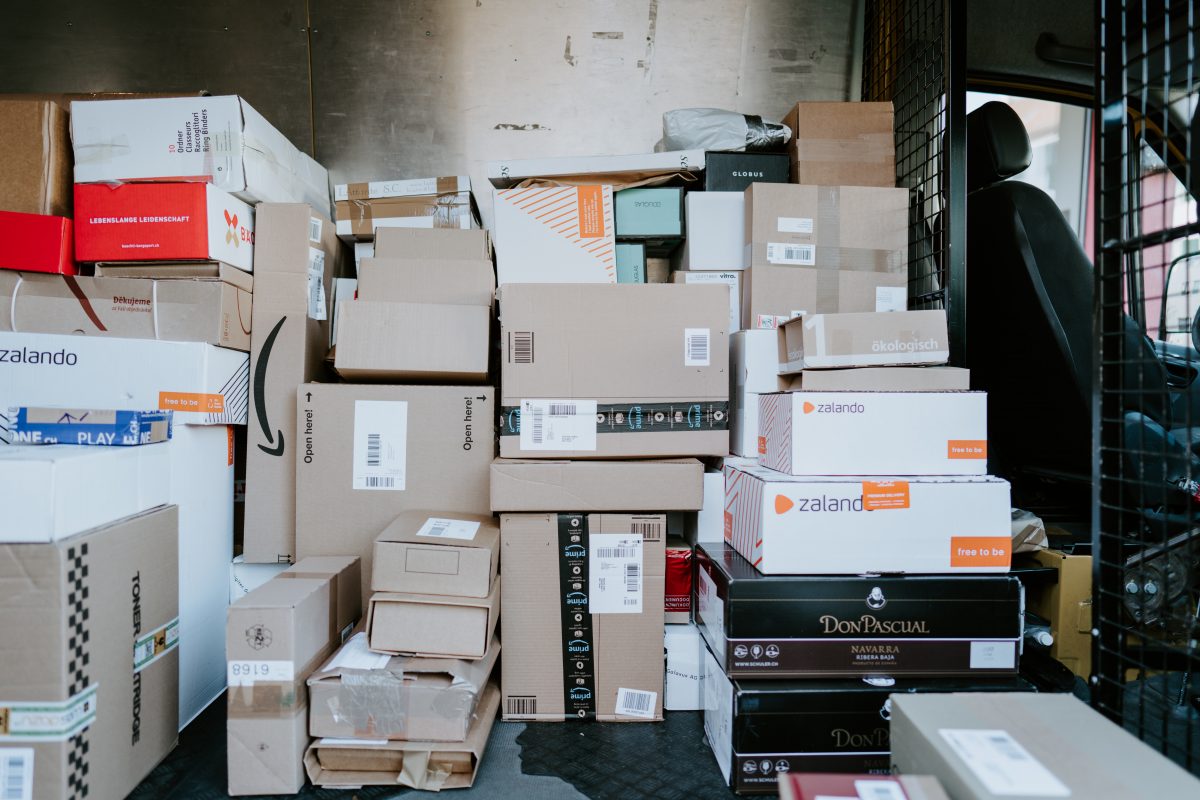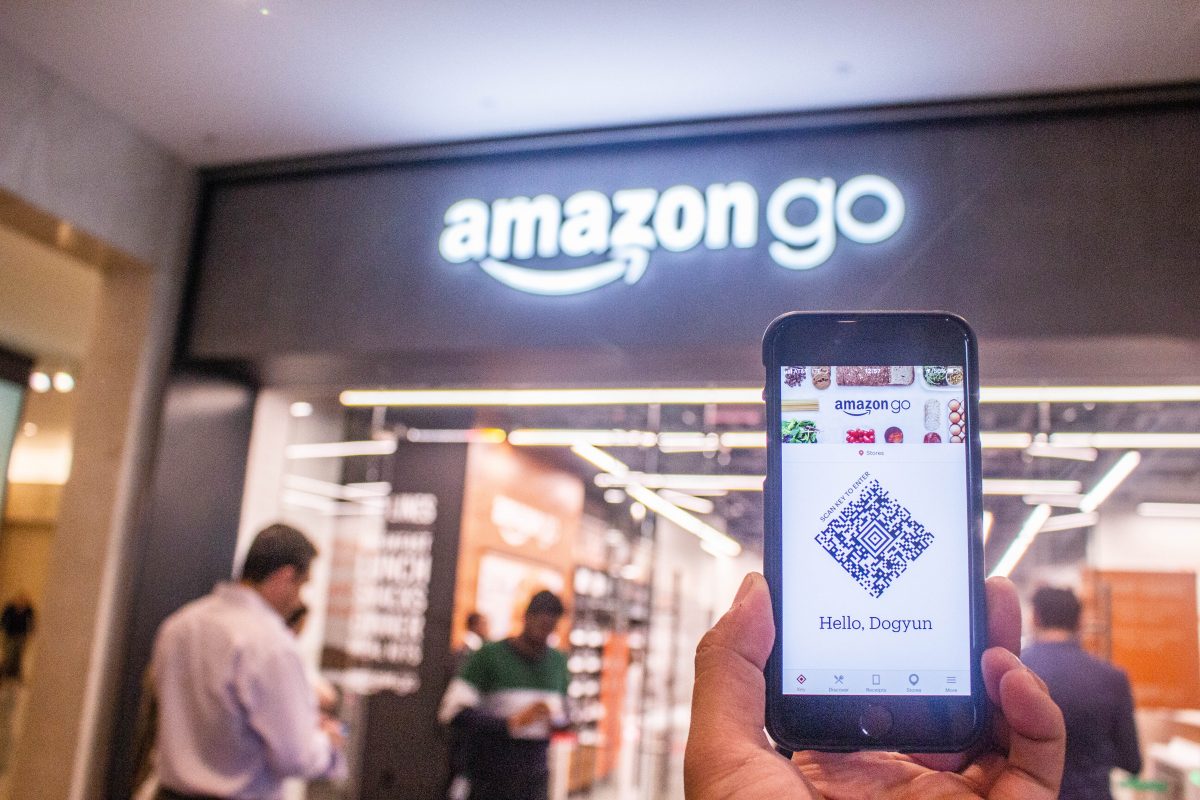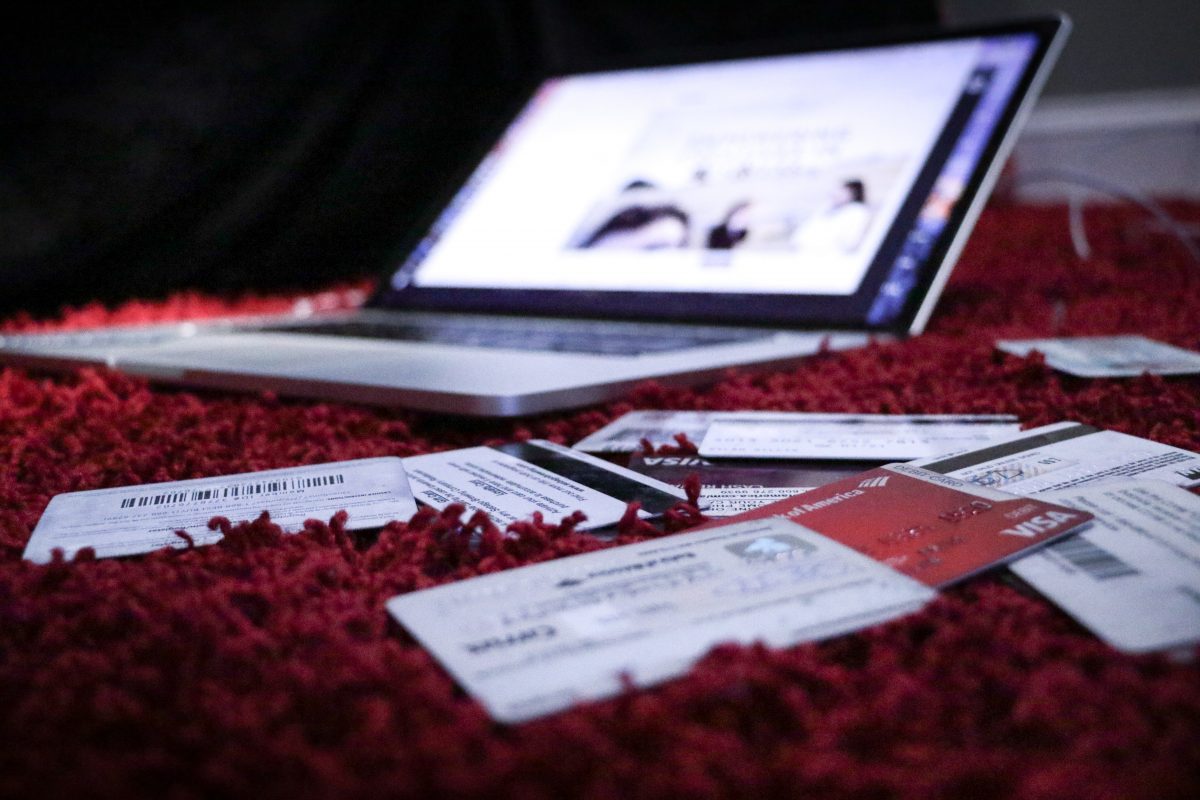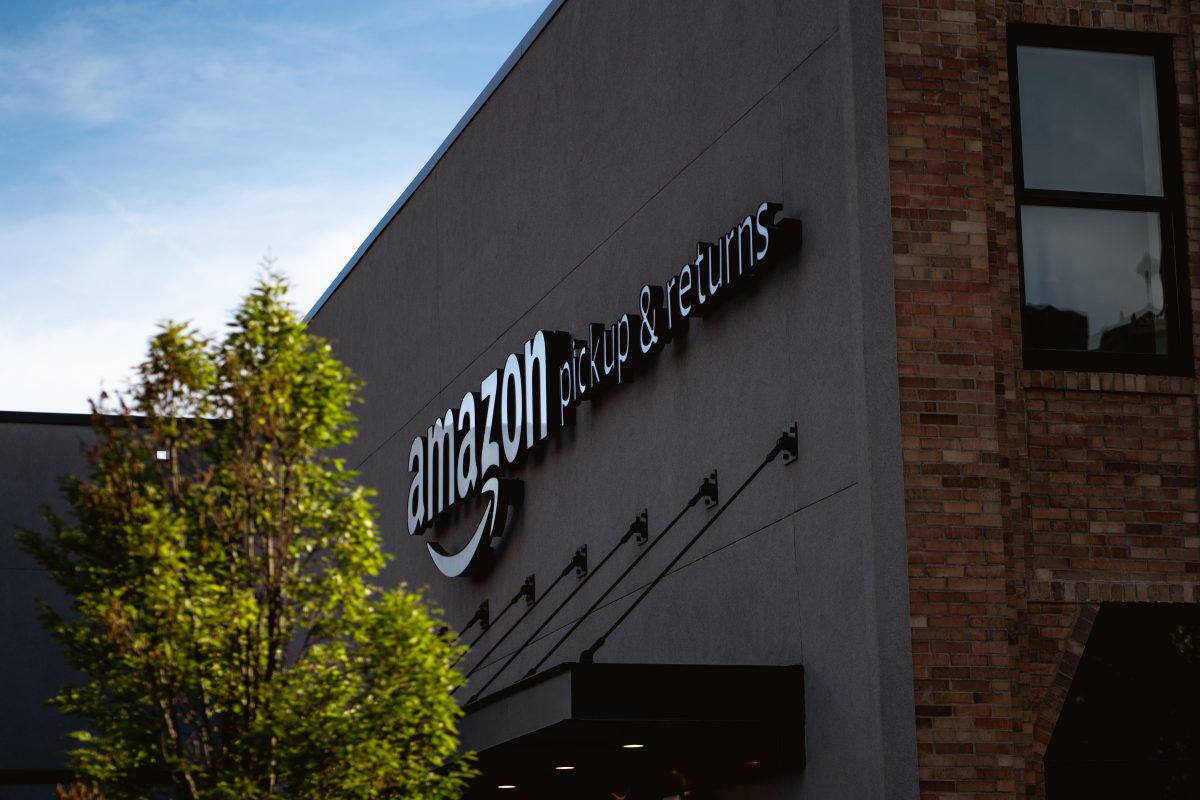Technology has made it possible for customers to engage with their favorite retailers from a range of touchpoints and they now expect a certain level of accessibility and consistency across many different shopping channels


Technology has made it possible for customers to engage with their favorite retailers from a range of touchpoints and they now expect a certain level of accessibility and consistency across many different shopping channels

According to this year’s results, two thirds more Americans say they have had a delivered package stolen from their porch or doorstep than had last year. That is a full 30% of respondents, up from 18% last year

By sending one-time use coupons to customers, companies have found a way to put a cap on how many discounts they’re offering. This also provides a more focused approach to marketing strategies as it allows brands to connect past customers and future would-be customers with exclusive deals that have a higher chance of actually being used

Consumer expectation at the holidays for on-time and accurate delivery is more important (say 47 percent of respondents) than any other time of the year. Additionally, consumers want more transparency from the brands with whom they shop, specifically those who are unable to meet promised delivery dates

Pre-pandemic, many experts expected this digital outbalance to occur a few years from now, but today it’s abundantly clear—in-store is no longer consumers’ default shopping mode; it’s simply one of many channels on a much more level playing field

A customer’s digital experience is often the first – and sometimes only – interaction consumers have with brands. Online shopping experiences not only impact live purchasing behavior, but also have a lasting influence on a brand’s perception and consequently, a customer’s desire to return to the site for future purchases

It’s clear that many consumers consider them when making purchasing decisions. Unclear, however, are the many remaining questions online businesses face

Within direct selling, customer-centricity has been an increasingly important factor in driving growth in the last several years. It also provides opportunities for increased relevance, loyalty, and growth in a highly competitive, post-pandemic retail environment

It’s not your imagination: Digital marketing costs are rising and response rates have been dropping

Amazon benefited from this reliance. Even as the pandemic eases, it seems our dependence on online services has not